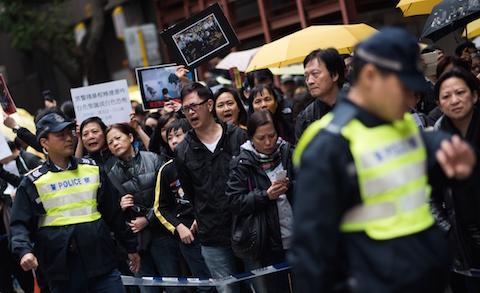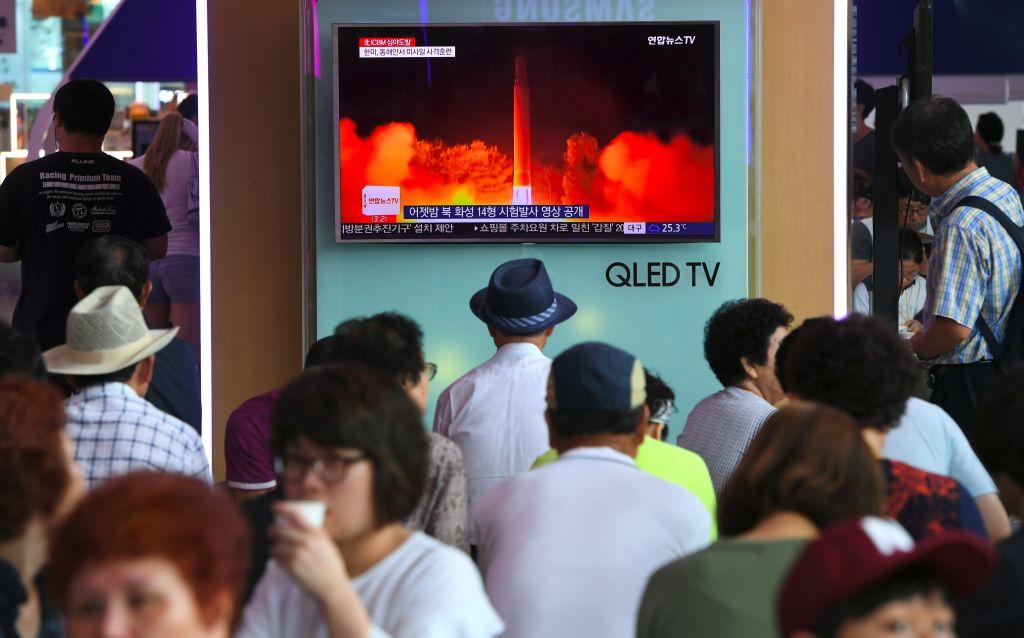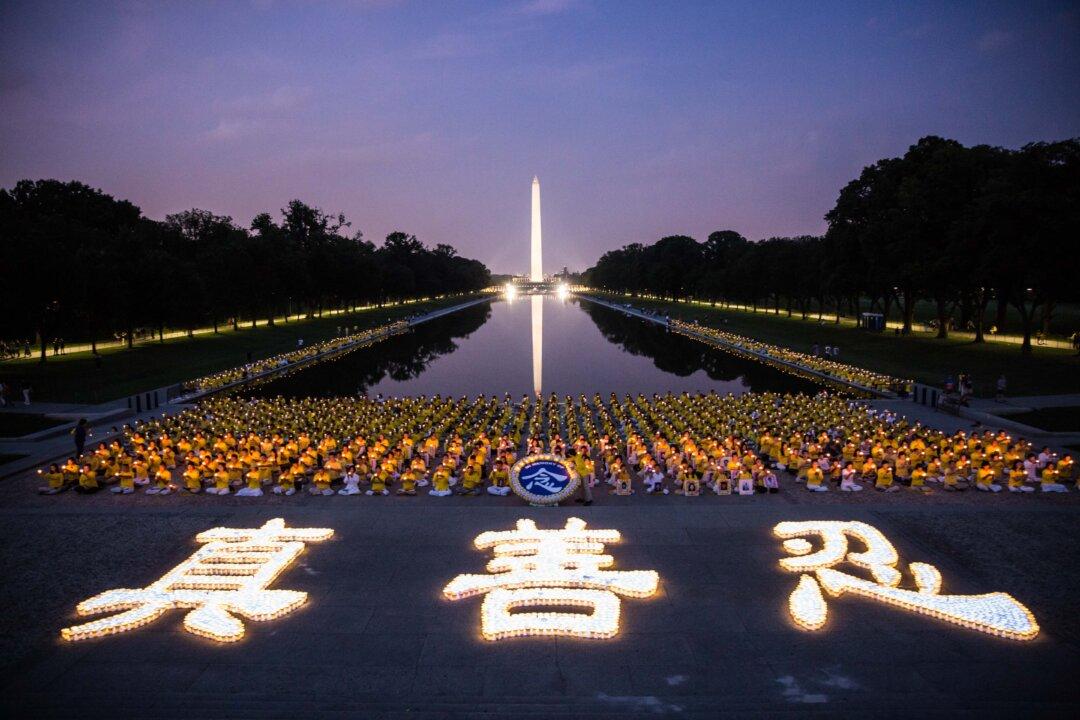Hong Kong citizens believe there is no excuse for the violence meted out by the Hong Kong police during the Umbrella protests, no matter how pressured and overworked the police may be.
Police have received more than 1,700 complaints relating to the Umbrella protests since the movement started on Sept. 28. Most of these complaints are about assaults, neglect of duty, and misconduct by the police force.
Meanwhile, a Dec. 9 Hong Kong University survey found that police popularity was only 29 percent, an all-time low.
The police are aware of the criticisms and the poor public perception.
On Tuesday, Nov. 9, assistant police commissioner Cheung Tak-keung says that police have “demonstrated utmost tolerance and restraint” in handling the “illegal” Umbrella Movement street occupations because they don’t want to see the public, “particularly students,” get injured in massive scuffles.
Cheung also says that police will only use a “minimum level of force” against “radicals and troublemakers” in the protester crowd.
But not everyone agrees that the police showed “tolerance and restraint” or used “minimal force” in past confrontations with pro-democracy demonstrators.
On Dec. 7, about 2,000 people from parents, social workers, and women’s groups carried out a “Parents Against Police Violence” march to police headquarters in Wan Chai.





